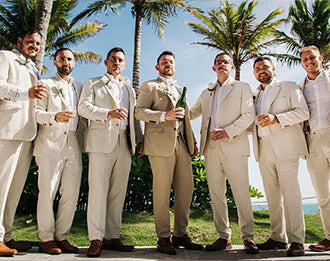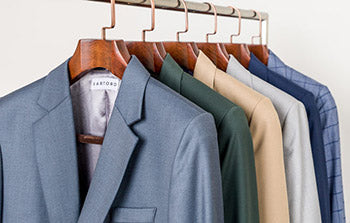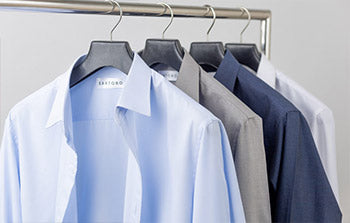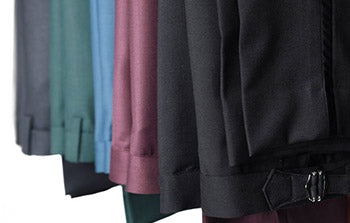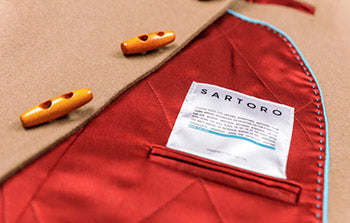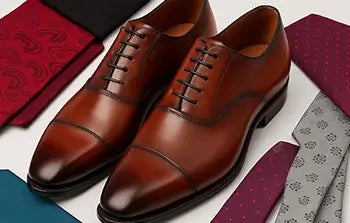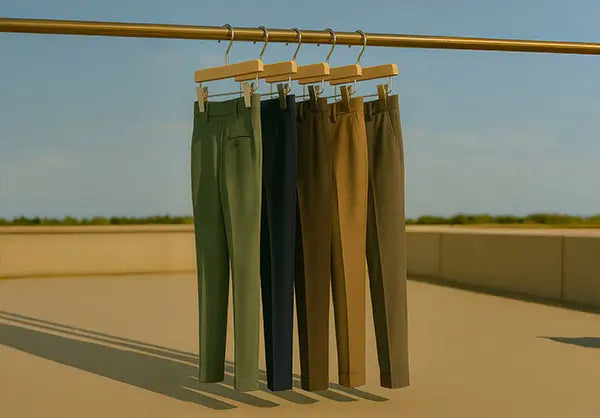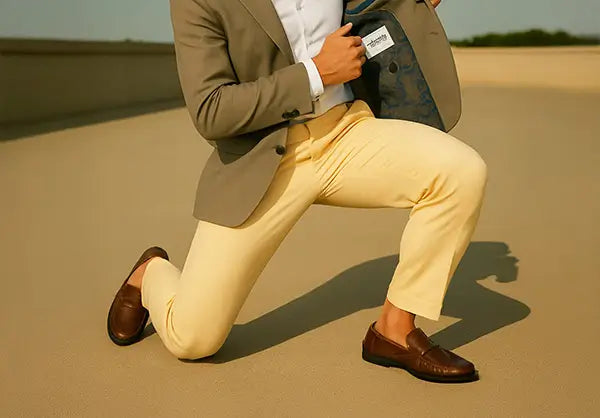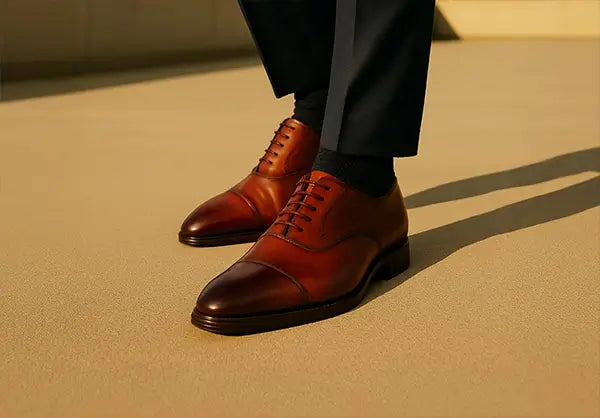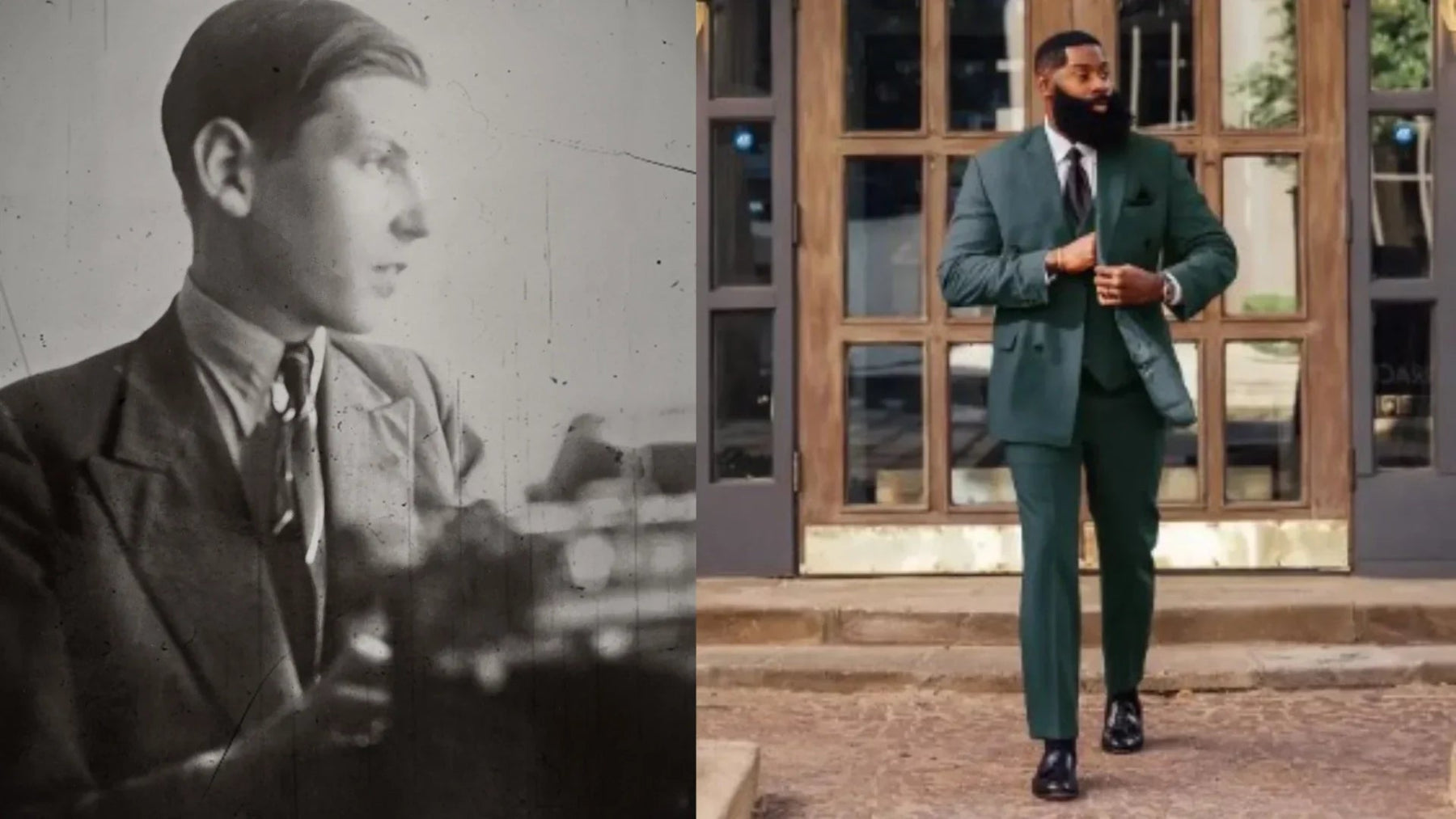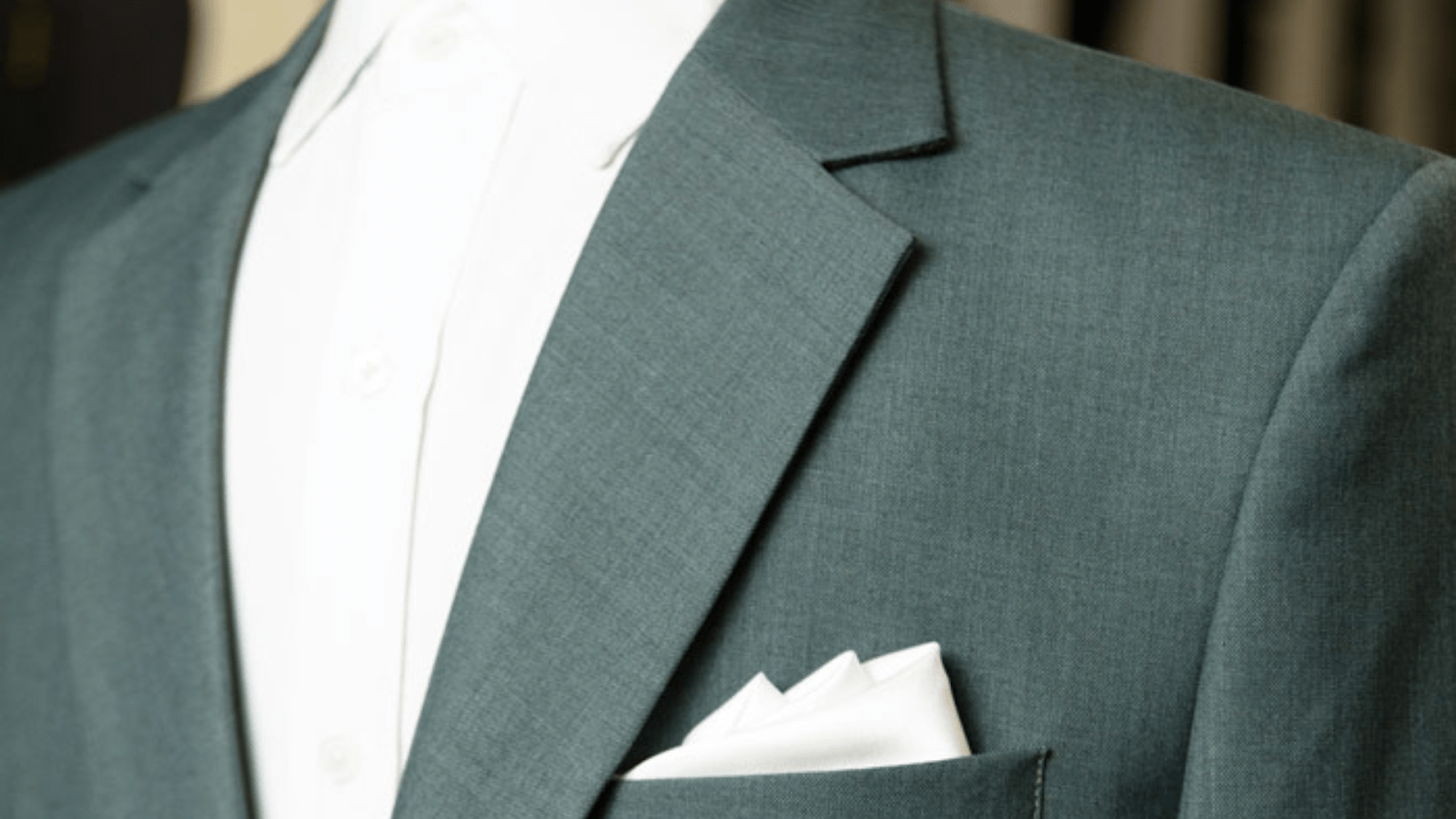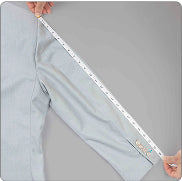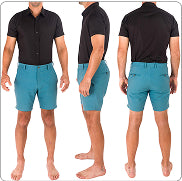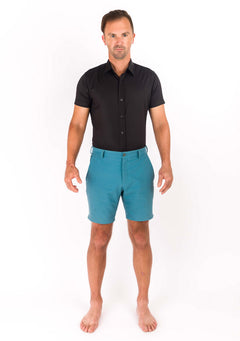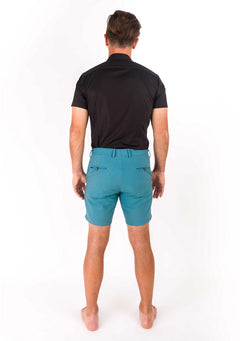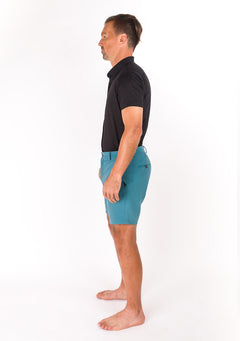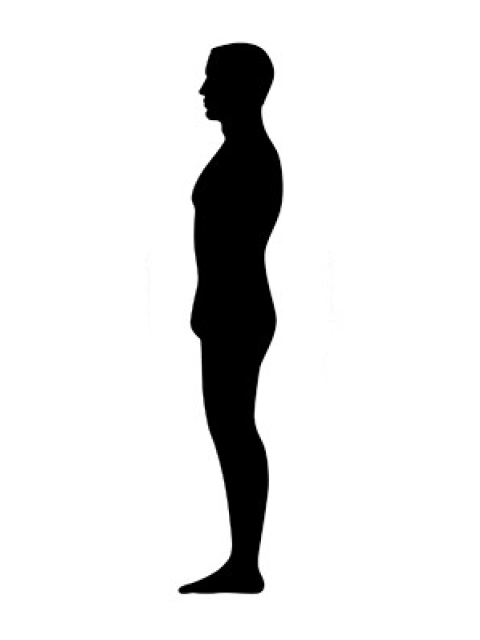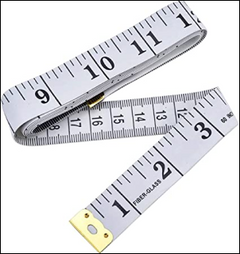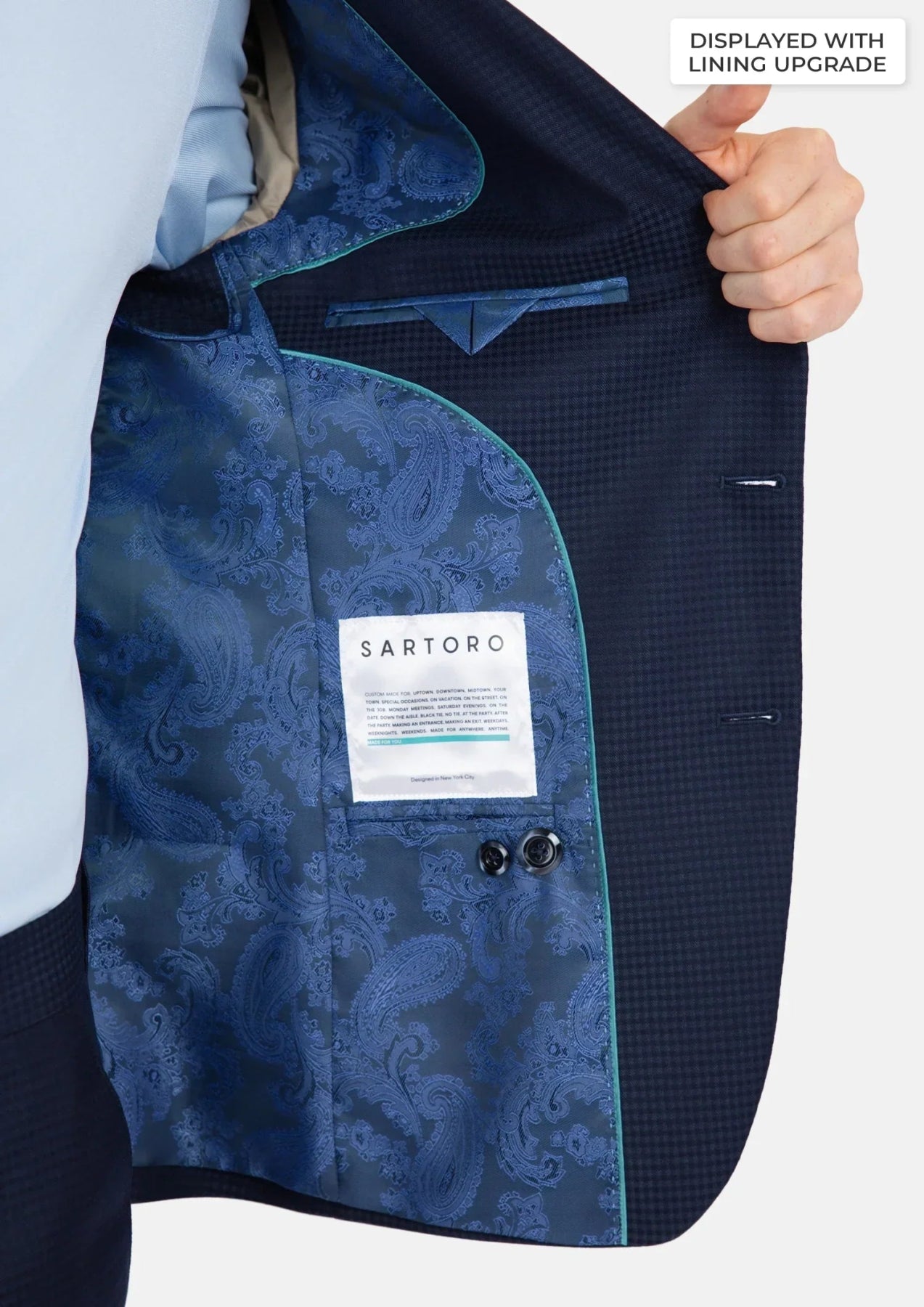
Suit Lining Explained: Materials, Colors, And Impact On Comfort
Contents
- Suit Lining Explained: Materials, Colors, And Impact On Comfort
- Types Of Suit Lining: Why It Matters More Than You Think
- Full Lining Vs. Half Lining Vs. Unlined: Key Differences
- Common Suit Lining Materials And Their Benefits
- Breathability And Comfort: How Lining Impacts Wearability
- Color Choices For Suit Linings: Bold Or Subtle?
- Seasonal Suit Linings: Warm-Weather Vs. Cool-Weather Options
- Choosing The Best Suit Lining For Your Lifestyle And Style Goals
- Final Thoughts
- Frequently Asked Questions About Suit Lining Explained: Materials, Colors, And Impact On Comfort
Key Takeaways
- Beyond Aesthetics: Suit lining is crucial for comfort, breathability, and durability, influencing how your suit feels, moves, and lasts.
- Material Matters: Different types of suit lining materials like silk, cupro, and viscose offer unique benefits for temperature regulation, skin sensitivity, and wearability.
- Personalize Your Style: Whether you opt for a full, half, or unlined construction, or choose a subtle or bold lining color, the interior of your suit is a powerful tool for personal expression.
Suit Lining Explained: Materials, Colors, And Impact On Comfort
The outside of your suit gets all the attention, but what’s on the inside matters just as much. Suit lining isn’t just a finishing touch; it changes how your jacket feels, moves, and even how it lasts.
From silky smooth finishes to breathable blends, the proper lining can keep you cool in summer, warm in winter, and sharp every time you slip it on. And let’s not forget style, choosing a bold color or pattern inside your jacket is a subtle way to add personality without shouting about it.
At Sartoro, we see lining as part of the design, not an afterthought. This guide breaks down materials and colors and their impact on comfort and movement so you know exactly what you’re wearing, inside and out.
Types Of Suit Lining: Why It Matters More Than You Think
The lining of a suit isn’t just there to make the inside look finished; it directly impacts how your suit feels, performs, and even lasts over time. Understanding the lining is essential when browsing suits for men for work, weddings, or casual events—especially when selecting the perfect wedding suit for men or coordinating a groomsmen suit that combines comfort with lasting style.
Comfort And Breathability
The proper lining affects how a suit moves with you and how it feels against your skin. Breathable linings help regulate temperature, keeping you cool in warm weather and warm when temperatures drop—especially important for summer options like men's linen suits for weddings.
Durability And Shape
A well-chosen lining protects the outer fabric and helps the suit hold its structure. It reduces friction between the jacket and your shirt, preventing wear on both the lining and the exterior over time.
Ease Of Wear
Lining makes putting on and removing your jacket effortless. A smooth lining helps the jacket glide over shirts and sweaters without catching, keeping your look neat and comfortable.
Style And Personality
From subtle tonal shades to bold patterns, lining is your chance to add personality in a way that’s uniquely yours. Even when hidden, it’s part of the experience of wearing a custom suit, whether it’s a sharp navy blue suit for the office or something bolder for special occasions.
Full Lining Vs. Half Lining Vs. Unlined: Key Differences
When exploring the types of suit lining, understanding the core distinctions between full lining, half lining, and unlined constructions is vital. These choices impact the suit’s aesthetic appeal, breathability, structure, and seasonality. Below, we break down each option:
Full Lining
A fully lined suit jacket features lining material, often viscose, Bemberg, or silk, throughout the entire interior, including the back, sides, and sleeves. This approach provides a clean interior finish, reinforces the suit’s shape, and enhances durability. Full lining delivers a smooth drape and makes it easier to slip the jacket on and off, ideal for structured business suits and cooler climates.
Half Lining
Half-lined jackets include lining in the upper back and around the shoulders, as well as the sleeves, but leave the lower back section and sides less covered. This construction strikes a balance between structure and breathability, reducing overall weight while still maintaining a degree of form and polish. Half lining is favored for transitional seasons and for those seeking a slightly tailored yet lighter feel.
Unlined
An unlined (or “deconstructed”) jacket features minimal or no interior lining, revealing the meticulous craftsmanship of the seams. This style maximizes breathability and comfort, making it especially suitable for warm climates or casual summer suiting. Unlined jackets offer a modern, relaxed silhouette, though they may sacrifice a bit of structure and wrinkle resistance.
Common Suit Lining Materials And Their Benefits
Selecting the right lining is critical in crafting a sophisticated, comfortable suit. The inner fabric affects the garment’s comfort and breathability, as well as its weight, structure, and style. Below are the most prevalent types of suit lining materials, each with distinct advantages.
Silk
Silk linings are the hallmark of refined tailoring. Silk linings are known for their lustrous finish and sumptuous feel and offer exceptional breathability and a touch of understated luxury. They drape smoothly, enhance comfort, and regulate temperature, ideal for year-round wear. While silk is delicate and requires care, its elegance and sheer tactile pleasure make it a choice for those who demand the best.
Viscose
Viscose linings, derived from natural cellulose, are a popular alternative to silk. They offer a soft, smooth hand-feel and excellent breathability at a more accessible price point. Viscose glides comfortably over shirts and ties, reducing friction and promoting ease of movement. Its durability and resistance to static make it a versatile option for modern suiting.
Cupro
Cupro is a sophisticated lining material derived from cotton linter fibers. Sometimes referred to as “vegetable silk,” it combines silk’s smoothness with increased breathability and moisture management. Cupro is hypoallergenic and antistatic, particularly suitable for sensitive skin and long wear.
Polyester
Polyester linings are favored for their affordability and durability. Modern polyester blends can mimic the appearance and texture of natural fibers while resisting wrinkling and stains. However, polyester is less breathable than natural alternatives, and best suited for those prioritizing practicality or seeking bold, expressive patterns.
Bemberg
Bemberg—also known as cupro bemberg—is a premium upgrade to standard Cupro. With exceptional smoothness and breathability, Bemberg linings are prized for their cool touch and sustainability. They are biodegradable and made from regenerated cellulose, which ensures comfort even in warmer climates and high-pressure settings.
Breathability And Comfort: How Lining Impacts Wearability
The lining of a suit does far more than simply add visual polish; it plays a pivotal role in shaping the comfort, feel, and overall luxury of the garment. Understanding the types of suit lining and their intrinsic properties allows discerning men to make informed choices tailored to their style and needs. Below, we examine key comfort factors in suit linings.
The Role Of Lining In Temperature Regulation
High-quality lining materials, such as pure silk or cupro, help manage body temperature by promoting airflow and moisture wicking. These fabrics help prevent overheating and ensure the suit remains pleasant against the skin, making a significant difference during extended wear or warmer climates. In contrast, less breathable synthetic linings can trap heat and moisture, underscoring the importance of fabric selection.
Weight And Movement
The proper lining should move effortlessly with the wearer. Lightweight, supple linings enhance mobility, allowing the outer fabric to drape smoothly without adding unnecessary bulk. Stiffer or heavier linings, while occasionally chosen for structure or formality, may restrict movement and contribute to discomfort during long hours of wear.
Skin Sensitivity And All-Day Comfort
Skin-contact comfort matters, especially for those with sensitivities. Natural and semi-synthetic linings crafted from silk or cupro feel luxuriously soft, minimizing irritation. Modern linings are designed not just for aesthetics but also to reduce friction and ensure the jacket glides comfortably over both shirt and skin.
Color Choices For Suit Linings: Bold Or Subtle?
Selecting the color of your suit lining is more than an afterthought; it’s an opportunity to blend tradition with personal expression. The right lining elevates the visual appeal and individuality of any tailored suit. Two dominant approaches exist: the understated sophistication of subtle linings and the contemporary edge of bold, contrasting hues.
Understated Elegance: Subtle Linings
For those who appreciate timeless refinement, subtle linings in shades like navy, graphite, or soft grey offer seamless integration with classic suit exteriors. These choices radiate professionalism and are favored in business settings or formal occasions, where polished restraint takes precedence. A tone-on-tone lining adds quiet depth, reinforcing the suit’s elegance without distraction.
Expressive Flair: Bold Linings
Modern suiting invites experimentation, and a vibrant lining, think cobalt blue, deep burgundy, or a patterned print, transforms every jacket reveal into an expression of character. Bold linings give wearers a discreet platform to showcase personality, balancing exterior formality with an interior touch of individuality. This route is especially popular for grooms, creatives, and those seeking a signature detail.
Personalization And Occasion
The choice between subtle and bold linings should echo the wearer’s taste and the suit’s context. Subdued linings harmonize with professional environments, while adventurous colors and patterns can celebrate milestones, special occasions, or simply a desire to stand out. With modern tailoring advancements, the possibilities are nearly limitless—ensuring every lining speaks to the uniqueness and intent of its wearer.
Seasonal Suit Linings: Warm-Weather Vs. Cool-Weather Options
The lining you choose for your suit significantly impacts comfort, breathability, and functionality throughout the year. Selecting the right lining material for the season ensures your suit looks refined and feels exceptional, whether navigating a summer soirée or a brisk autumn meeting.
Warm-Weather Linings
During the warmer months, lightweight and breathable linings are essential. Materials like Bemberg, Cupro, and lightweight silk keep airflow high and excess heat at bay. These linings are smooth against the skin, wick moisture effectively, and prevent overheating—ideal for summer weddings, business trips, or daily commutes. Partial or half-linings are also popular in hotter climates, further reducing weight while maintaining sleek drape and structure.
Cool-Weather Linings
When temperatures drop, durability and added insulation become priorities. Heavier linings, such as viscose or even select blends that incorporate a touch of wool, provide extra warmth and structure. Full linings maximize heat retention and shield the wearer from wind, making them an excellent choice for fall and winter. These linings also enhance the suit’s longevity and help maintain its shape over time, ensuring both comfort and lasting elegance.
Choosing The Best Suit Lining For Your Lifestyle And Style Goals
Selecting the proper lining for your suit goes far beyond a purely aesthetic choice; it's a foundational decision that influences comfort, durability, and overall statement. A properly chosen lining enhances the wearing experience and the distinctive character of your garment. Below, explore key considerations to help guide your decision.
Matching Lining Material To Occasion And Climate
Your lifestyle and the environments where you’ll wear your suit should inform your lining material. For all-day, year-round comfort, breathable natural fibers, such as cupro or Bemberg, offer superior moisture management and softness.
If your lifestyle demands durability for a suit worn on business trips or daily commutes, robust synthetic blends provide longevity without excessive bulk. Warmer climates call for partial or unlined constructions for maximum airflow and ease.
Expressing Individuality Through Lining Color And Pattern
Gone are the days of one-size-fits-all linings. Whether you favor understated elegance or daring statements, lining colors and patterns allow you to infuse personality into your formalwear. Subtle shades like navy or charcoal complement a classic aesthetic, while vibrant hues, contrasting tones, or bold motifs transform the inside of your suit into a canvas for self-expression. Choose what best resonates with your brand and the impression you want to leave.
Balancing Structure, Fit, And Fluidity
Lining choices influence the suit’s wearability as much as its look. Full linings offer a clean finish, smooth drape, and increased structure, best suited for traditional, formal occasions. Half-linings and unlined jackets maximize breathability and minimize weight—ideal for those who prioritize movement and lightness. Consider how much structure and support you need, and whether flexibility outweighs formality for your day-to-day.
Prioritizing Quality For Lasting Elegance
Beyond immediate comfort and style, a quality lining contributes to the longevity of your suit. Premium materials resist friction and minimize wear, ensuring that your suit maintains its refined silhouette through years of use. When investing in a suit, prioritize the inside as much as the outside to ensure enduring sophistication and confidence—no matter where life takes you.
Final Thoughts
Your suit’s lining is more than a hidden detail; it’s a key factor in how your suit looks, feels, and performs. From temperature regulation and ease of movement to adding a personal style signature, the right lining can transform your wearing experience. Whether you prefer a traditional full lining for structure, a half lining for balance, or an unlined jacket for breathability, your choice should reflect your lifestyle, climate, and personality. By investing in high-quality materials and thoughtful design, you ensure not just a sharper look but also lasting comfort and confidence.
Read also:
- Tailored vs. Untailored Suit
- The Ideal Suit Jacket Length, Explained
- The Ultimate Guide To Suit Jacket Sizing
Frequently Asked Questions About Suit Lining Explained: Materials, Colors, And Impact On Comfort
What is suit lining?
Suit lining is the inner layer of fabric sewn into a suit jacket or trousers. It provides structure, enhances durability, and conceals interior seams for a polished finish.
Why is lining used in suits?
Lining improves ease of wear, ensures garments drape smoothly, and increases comfort by minimizing friction against shirts or skin. It also helps prolong the life of your suit by protecting the outer fabric.
What materials are commonly used for suit linings?
Common suit lining materials include viscose, Bemberg (cupro), silk, polyester, and acetate. High-end suits typically use breathable viscose or luxurious Bemberg for durability and comfort.
Can suit lining affect breathability?
Yes. The choice of lining, especially natural or semi-synthetic fibers like viscose or Bemberg, directly impacts a suit’s airflow and comfort in different climates.
How does lining color influence the style of a suit?
Lining color is an opportunity for personal expression. A classic, tonal lining exudes timeless sophistication, while a vibrant or contrasting lining can inject personality and modern flair, making your suit truly unique.
Is it possible to have a suit without lining?
Yes, “unlined” or “half-lined” suits are available and often chosen for warmer climates or lightweight styles, offering increased breathability and a natural, relaxed drape.

